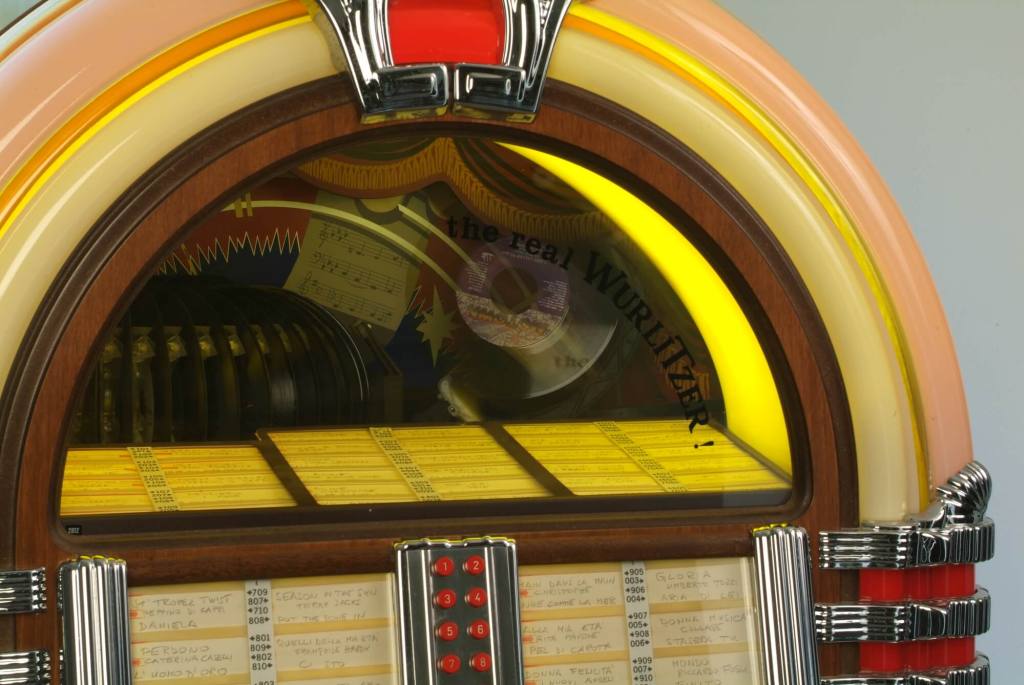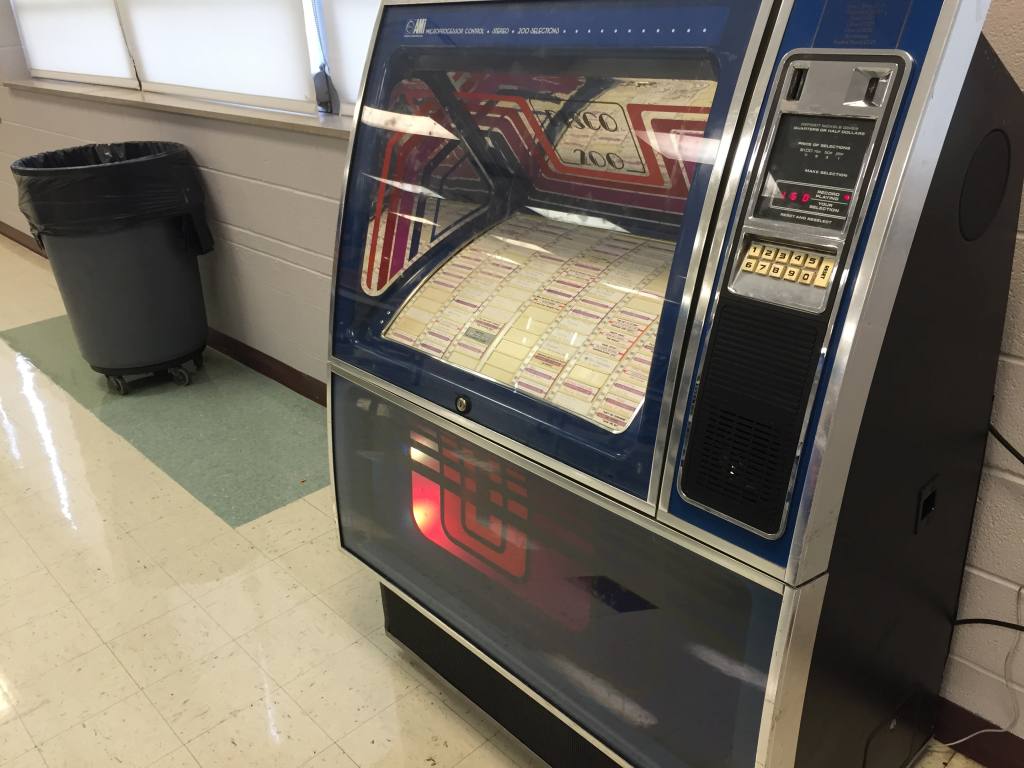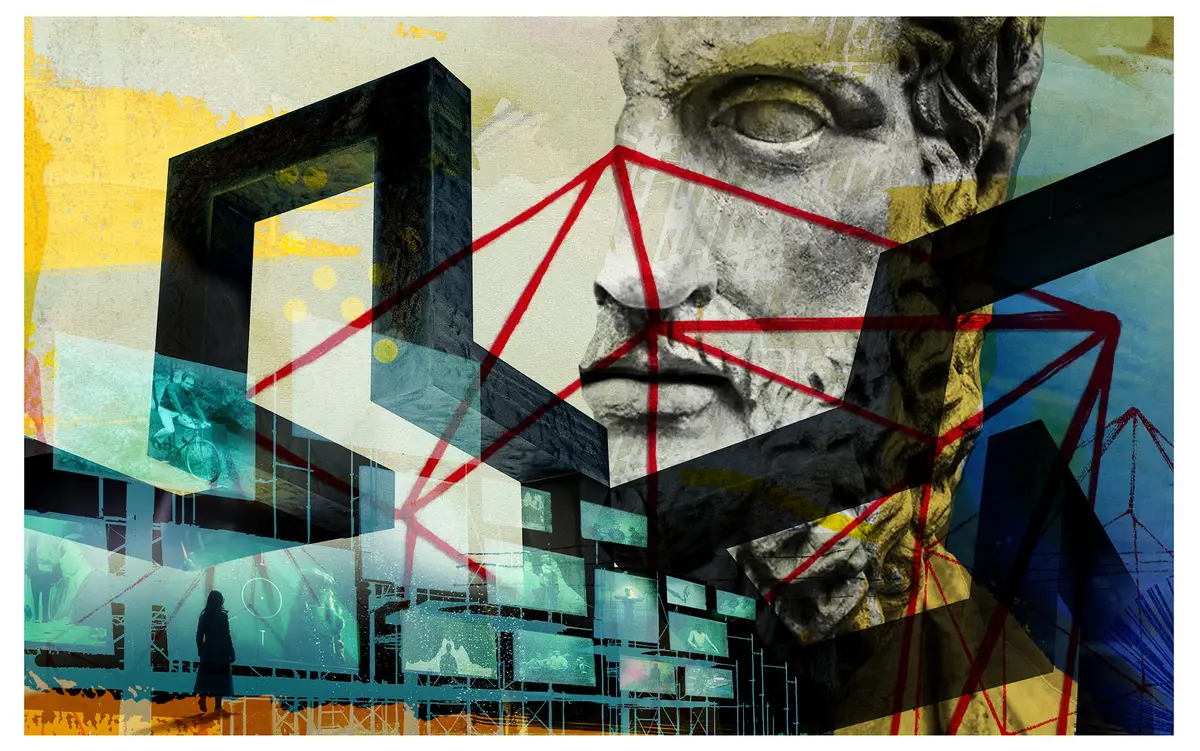
Jukebox History: A Walk Through Time
The jukebox has long been a symbol of fun, music, and social gatherings. From diners in the 1950s to modern-day bars, the jukebox has provided entertainment for decades, shaping how people enjoyed music in public spaces. Understanding the history of the jukebox takes us through a journey of innovation, technology, and cultural significance that spans over a century. This walk through time will explore the origins, evolution, golden age, technological advancements, and the jukebox’s role in modern times.
The Origins of the Jukebox
The story of the jukebox begins in the late 19th century, when Thomas Edison invented the phonograph in 1877. This early invention allowed people to record and play back sound, paving the way for the development of coin-operated music machines. The first coin-operated phonograph was introduced in 1889 by Louis Glass and William S. Arnold. It was placed in a saloon in San Francisco, allowing customers to listen to pre-recorded music by inserting a nickel. This invention marked the birth of the jukebox, although the term “jukebox” wouldn’t come into use until decades later.
Initially, these machines lacked the ability to select songs, offering limited musical options. Over time, the concept grew in popularity, and engineers continued to improve the technology, adding features like multiple song selections and better sound quality. By the 1920s, the basic design of what would become the jukebox was taking shape, with innovations that allowed users to choose from a variety of tunes.
The Golden Age of the Jukebox
The 1940s and 1950s are often considered the golden age of the jukebox. During this era, the machines became a cultural staple, appearing in diners, bars, and dance halls across the United States and beyond. Manufacturers like Wurlitzer, Seeburg, and Rock-Ola began producing iconic models that featured vibrant colors, lights, and sleek designs. The jukebox wasn’t just a machine for playing music; it became a centerpiece of social spaces where people gathered to listen to the latest hits.
The post-war boom of the 1950s saw jukeboxes rise to prominence as rock and roll became the dominant genre of the time. Artists like Elvis Presley and Chuck Berry were frequently featured on jukeboxes, making them the ultimate symbol of rebellion and youth culture. This period also marked the first use of the term “jukebox,” derived from the slang word “juke,” meaning to dance or act wildly, often associated with juke joints where music and dancing were the main attractions.

Technological Advancements in the 1960s and 1970s
As the 1960s and 1970s rolled around, jukeboxes saw significant technological advancements that helped them keep pace with the rapidly changing music industry. With the rise of vinyl records, jukeboxes transitioned from playing 78 rpm records to 45 rpm singles, which allowed for better sound quality and longer playtime. Seeburg, in particular, was a major innovator during this period, introducing jukeboxes with stereo sound, further enhancing the listening experience.
The designs of the jukeboxes also evolved, moving away from the colorful, flashy machines of the 1950s to more modern, sleek designs. Some models even featured digital displays, marking the transition from purely mechanical devices to more advanced electronic machines. Despite the competition from radio and television, the jukebox remained a popular way for people to listen to music in public spaces.
The Decline and Rebirth of the Jukebox
By the 1980s and 1990s, the popularity of jukeboxes began to decline as new forms of entertainment, such as cassette tapes, CDs, and personal music players, became more accessible. Many establishments began removing jukeboxes in favor of newer technologies, and the once-iconic machines were relegated to nostalgia and collectors’ items. However, the digital revolution of the early 2000s brought the jukebox back into relevance.
The introduction of digital jukeboxes allowed users to access an almost infinite library of songs through internet connections. This breathed new life into the industry, as companies like TouchTunes created machines that could cater to modern music tastes while still preserving the communal, social aspects of jukeboxes. Digital jukeboxes became popular in bars and restaurants, offering both nostalgia and modern convenience.
The Jukebox in the Modern Era
Today, the jukebox remains a beloved part of music history, and its influence is still felt in public spaces. While digital streaming has become the dominant way people access music, jukeboxes continue to serve as a fun, interactive way for people to share and enjoy songs in social settings. Many modern jukeboxes are now equipped with touchscreen interfaces, allowing users to select from millions of songs and even create playlists, making the experience more personalized than ever.
Even though technology has evolved, the charm of the jukebox lives on. Collectors and enthusiasts still seek out vintage models, and companies that specialize in jukebox restoration continue to thrive.
Conclusion
The history of the jukebox is a fascinating journey through the development of music, technology, and culture. From its humble beginnings as a coin-operated phonograph to its digital rebirth, the jukebox has adapted to the changing times while remaining a symbol of communal music enjoyment. As it continues to evolve in the modern era, the jukebox serves as a reminder of the power of music to bring people together across generations.
You may also like
Living Creatively: How Art Shapes a Meaningful Lifestyle
In an age of deadlines, digital distractions, and never-ending to-do lists, many people are seeking
Lifestyle and Art: Where Creativity Shapes the Way We Live
Art and lifestyle may seem like separate worlds—one focusing on creative expression and the other
Lifestyle and Art: How Creativity Shapes the Way We Live
Art has always been more than decoration; it is a reflection of human experience, a mirror of societ







Post a comment